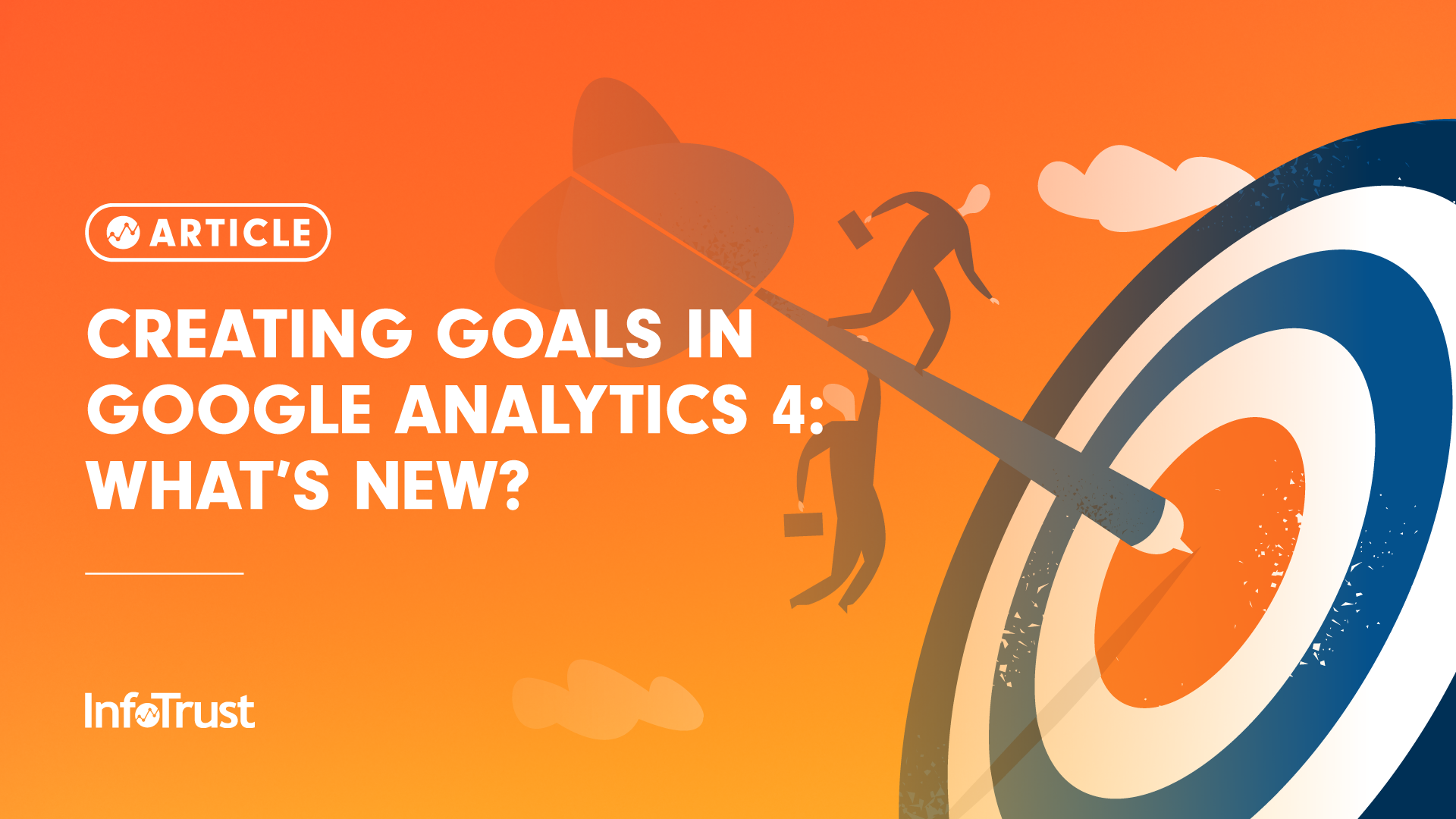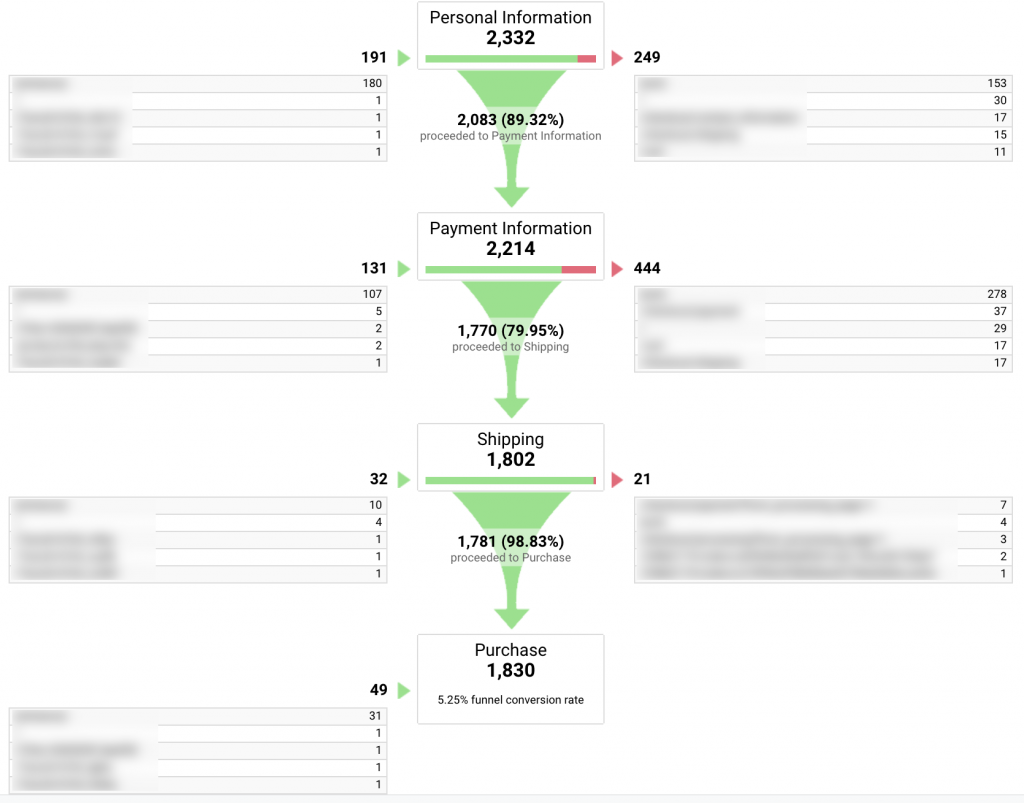What Data Is Google Analytics Goals Unable to Track: Important Details
What Data Is Google Analytics Goals Unable to Track: Important Details
Blog Article
Demystifying Google Analytics Limitations: Reveal What Data Goals Can not Track
In the realm of digital analytics, Google Analytics stands as an effective device that supplies beneficial insights right into web site efficiency and user actions. Among its capacities, there exist constraints that usually go undetected. Comprehending what Google Analytics can not track is crucial for a comprehensive understanding of data analysis and decision-making procedures. From the intricacies of user communication with vibrant web content to the complexities of cross-device user trips, these limitations dropped light on locations that might remain obscured from traditional analytics viewpoints. By unwinding these restraints, a clearer photo emerges, permitting even more informed strategies and refined insights right into individual involvement and conversions.

Individual Communication With Dynamic Material
Individual interaction with vibrant material plays an important role in understanding individual behavior on sites and optimizing the overall customer experience. Dynamic material refers to elements on a webpage that can transform without the requirement for a full page reload. This consists of interactive aspects such as pop-ups, sliders, types, and videos that react to individual activities in real-time. By tracking user interactions with dynamic content, web site owners can acquire valuable insights into customer involvement, choices, and behaviors.
Google Analytics offers numerous tools to track individual interactions with vibrant web content, such as occasion tracking and virtual pageviews. Occasion monitoring allows you to keep track of specific user actions, like clicking a button or viewing a video, offering data on how users interact with vibrant elements.
Cross-Device User Journeys
How can contemporary analytics devices track the complex paths customers take across several tools in their online journeys? Cross-device customer trips present a considerable difficulty for monitoring and assessing user actions accurately. As customers interact with apps or websites utilizing different devices such as tablet computers, desktop computers, and mobile phones, it comes to be essential to recognize just how they relocate in between these systems to maximize customer experience effectively.
Google Analytics deals with restrictions in tracking cross-device user journeys due to privacy issues and technical constraints - what data is google analytics goals unable to track. While it can provide insights right into private gadgets' communications, tracking a smooth user journey throughout numerous tools stays a challenge. This limitation can result in insufficient data and fragmented customer understandings, making it challenging for businesses to develop a unified view of the client trip
To resolve this concern, companies can utilize innovative analytics devices that provide cross-device tracking capacities, enabling them to acquire an extra holistic understanding of user habits. By leveraging these devices, businesses can link the gap in tracking cross-device customer journeys and maximize their electronic approaches for a seamless user experience.
Offline Conversions and Acknowledgment
As services navigate the obstacles of tracking cross-device customer journeys, an additional pivotal element to think about is the realm of offline conversions and acknowledgment in the world of data analytics. While Google Analytics supplies beneficial insights right into on-line user behavior, it falls short when it comes to tracking conversions that happen offline. This limitation postures a significant difficulty for organizations that have both online and offline sales networks.
Offline conversions, such as purchases made in physical stores or via call facilities, are important to understanding the full client trip. Without the ability to associate these offline conversions to particular on-line interactions, businesses may have a hard time to precisely measure the effect of their digital advertising initiatives.
To address this space, businesses can explore alternate options such as incorporating CRM systems with online analytics devices or utilizing special promo codes that can be traced back to on the internet campaigns. By linking the gap in between online and offline data, organizations can obtain a more detailed understanding of their clients' actions and enhance their overall marketing approaches.
Person User Recognition
In the world of data analytics, the capacity to properly recognize individual users across different on the internet touchpoints is an essential obstacle for services seeking to customize and enhance their advertising approaches. While Google Analytics gives valuable understandings right into individual behavior and communications, it drops brief in enabling the recognition of certain individuals as a result of personal privacy issues and technological limitations. Google Analytics makes use of distinct identifiers such as cookies to track user sessions and actions, yet these do not equate to determining specific users in an individual sense.

Information From Secure Pages
In spite of the boosting frequency of safe and secure pages on web sites, getting data from these encrypted resources provides an one-of-a-kind difficulty for digital analytics systems like Google Analytics. Protect web pages, indicated by HTTPS in the URL, secure data exchanged between the user's browser and the website's web server to make published here sure personal privacy and protection. While this encryption is vital for securing delicate info, it likewise postures restrictions for tracking customer behavior and celebration analytics data.
Google Analytics deals with barriers in gathering in-depth information from secure pages because of the encryption protocols in position. As an outcome, particular data points such as referral resources, keyword searches, and even some customer interactions may not be completely recorded when individuals access an internet site through a safe and secure connection. This limitation can influence the precision and efficiency of the data analysis, leading to voids in understanding customer habits and choices on safe and secure web useful reference pages.
To navigate this obstacle, digital analysts may need to discover different monitoring methods or utilize other devices especially made to collect understandings from safe pages. By adapting approaches to accommodate these limitations, services can still obtain useful analytics despite the restraints offered by encrypted links.
Verdict
In conclusion, Google Analytics has constraints in tracking individual communication with dynamic material, cross-device individual trips, offline conversions, private customer recognition, and information from safe pages. In spite of its important understandings, Google Analytics might not offer a full picture of individual engagement throughout different touchpoints.
Individual communication with dynamic web content plays a crucial role in understanding user habits on internet sites and optimizing the overall customer experience. By tracking individual communications with dynamic content, web site proprietors can obtain beneficial understandings into customer interaction, preferences, and habits.
Google Analytics makes description use of unique identifiers such as cookies to track customer sessions and actions, but these do not relate to determining individual users in an individual feeling.
As an outcome, certain data factors such as recommendation resources, keyword searches, and even some user interactions may not be completely recorded when users access a website via a safe link.In conclusion, Google Analytics has constraints in tracking customer interaction with vibrant content, cross-device individual journeys, offline conversions, private customer identification, and data from safe and secure pages.
Report this page